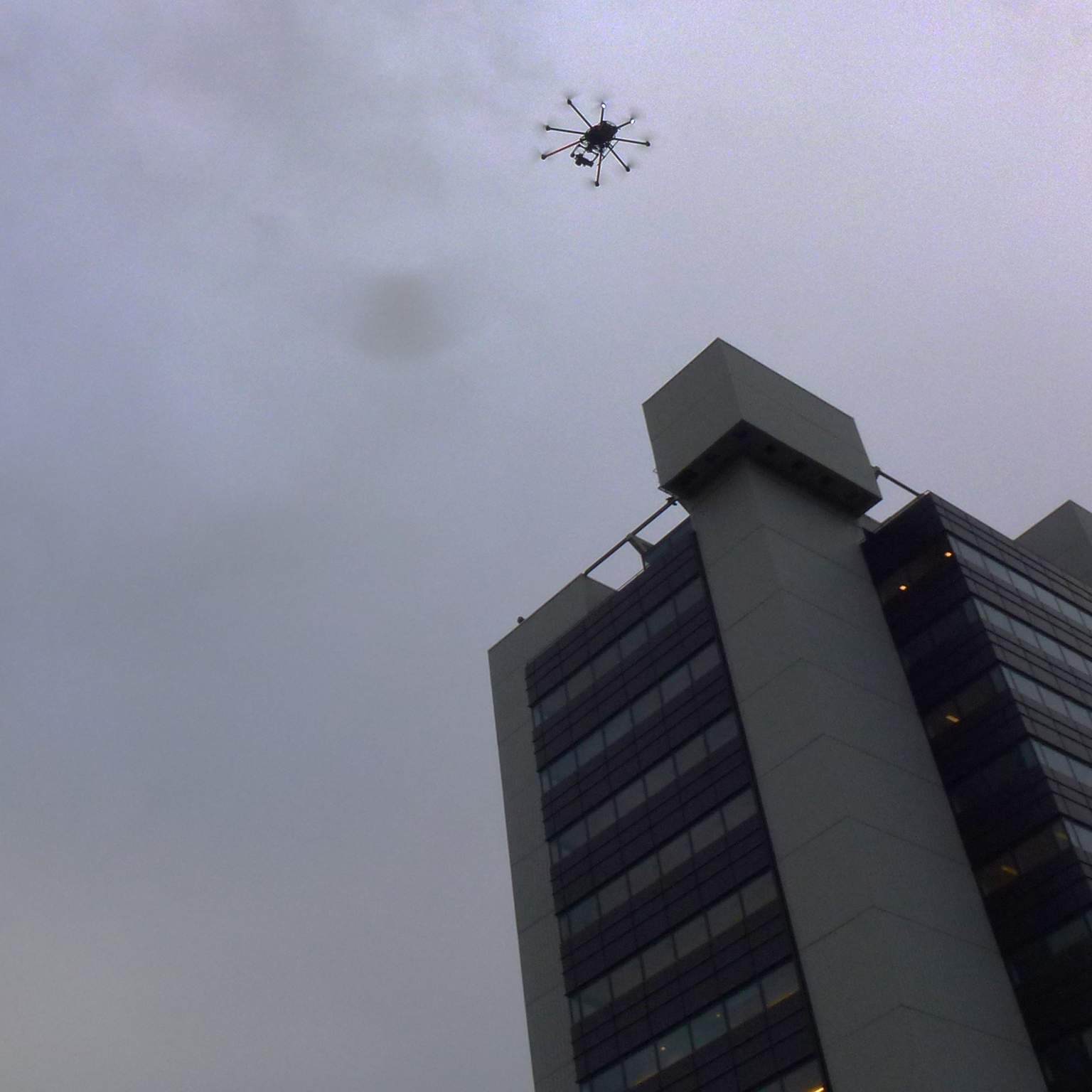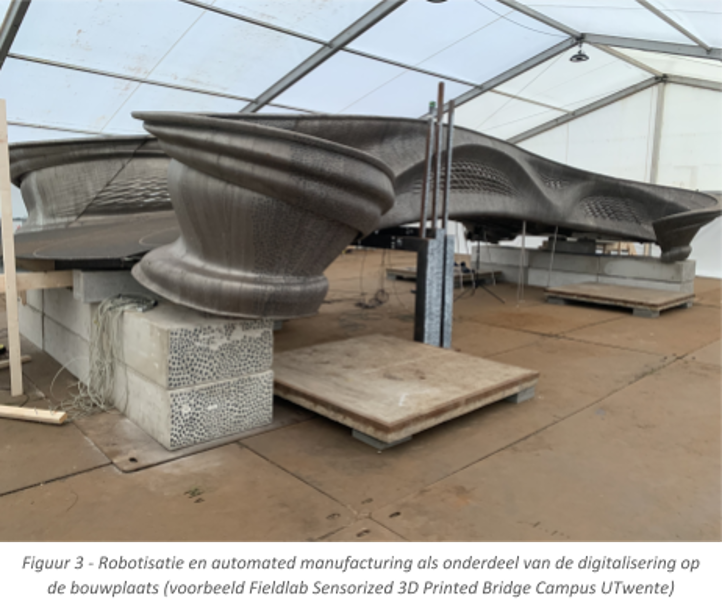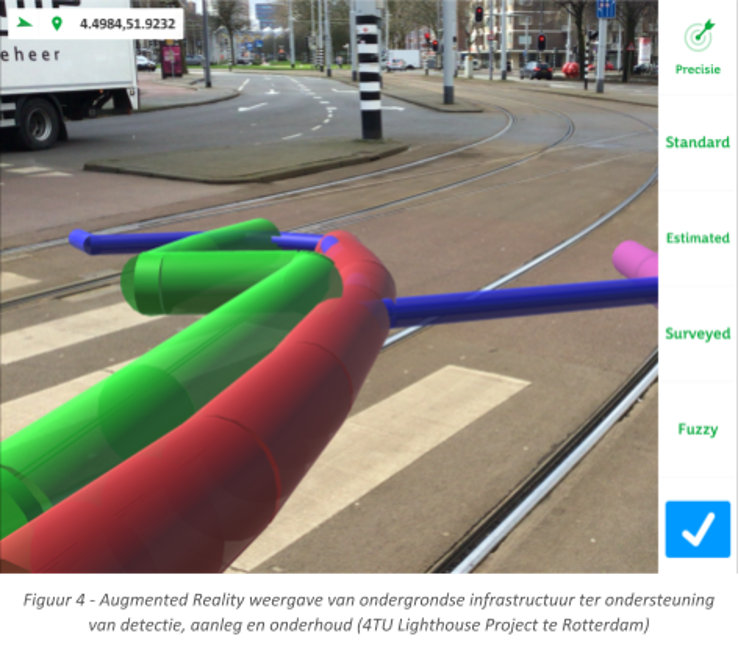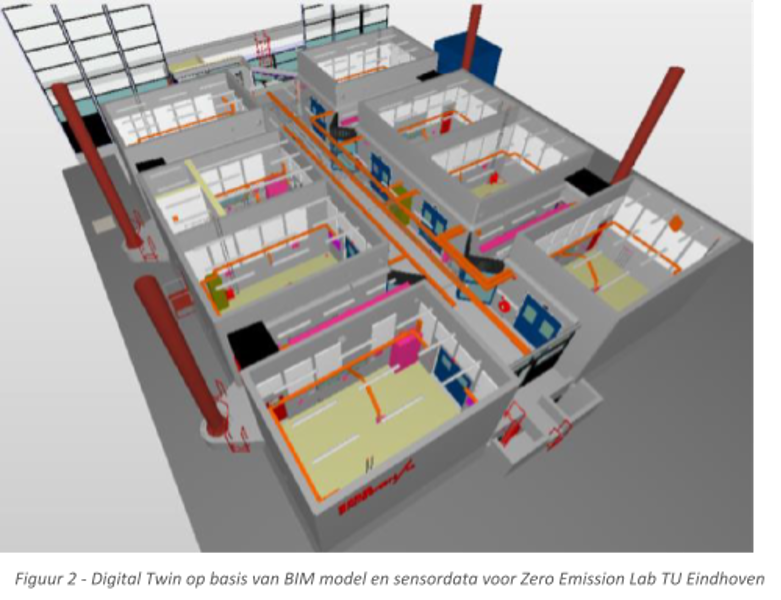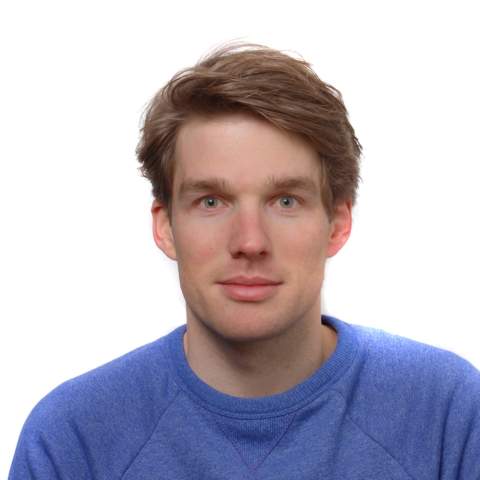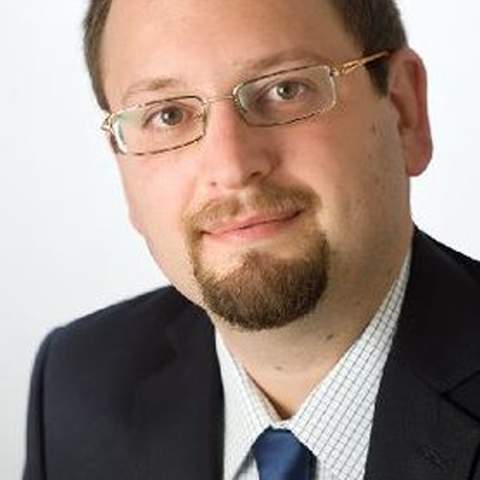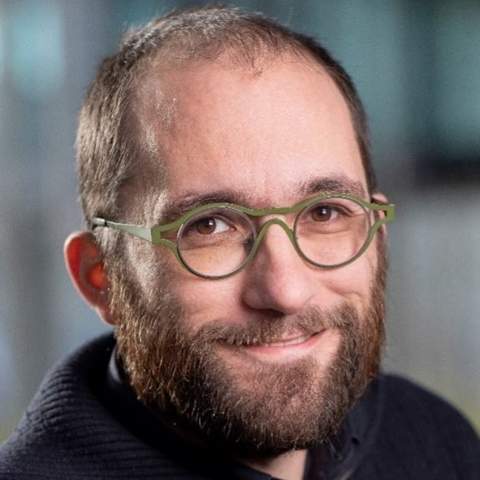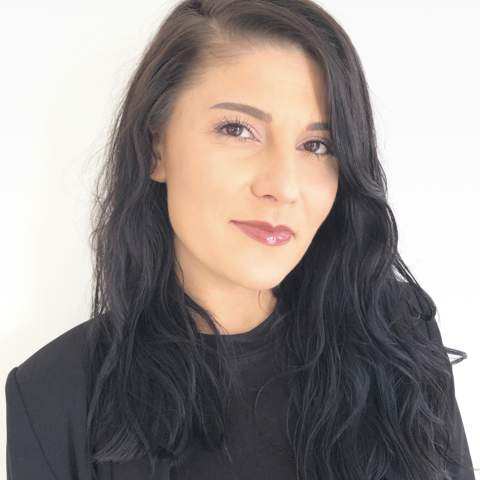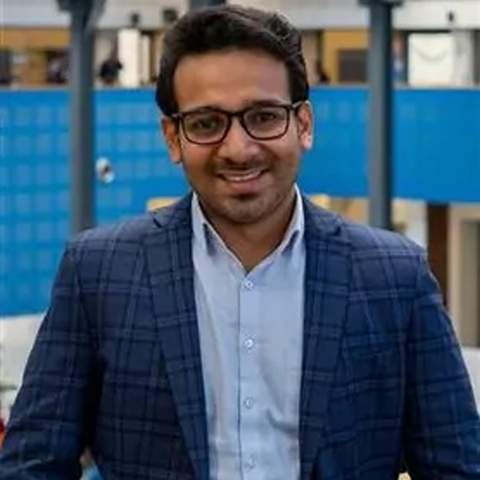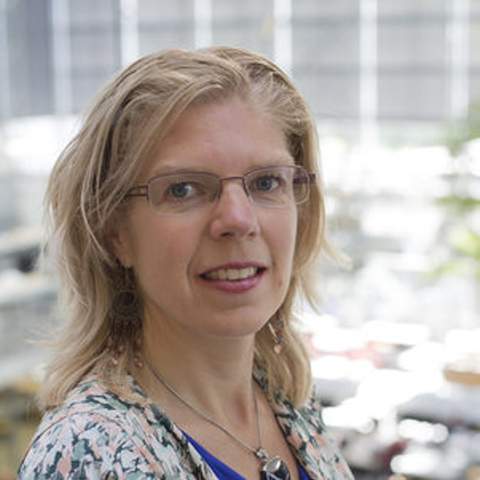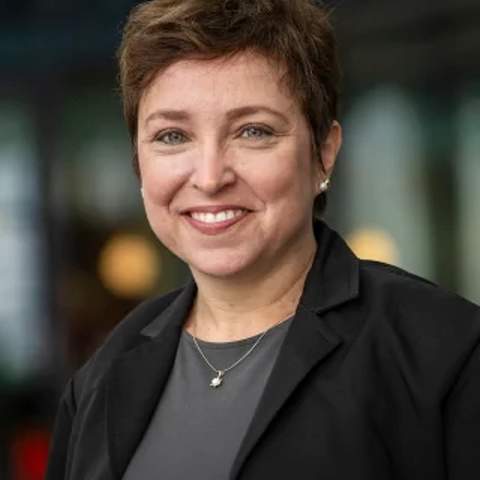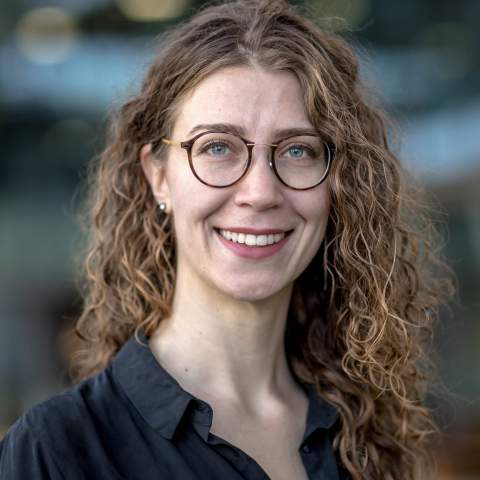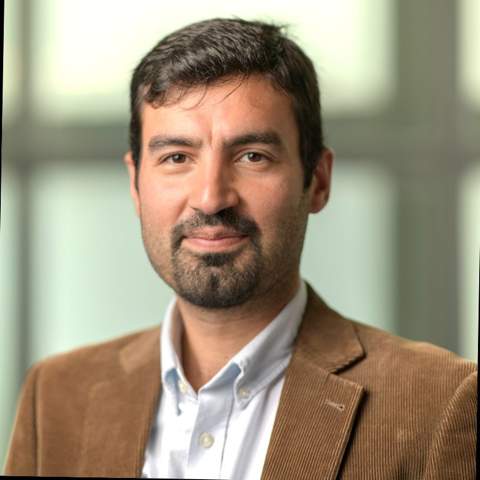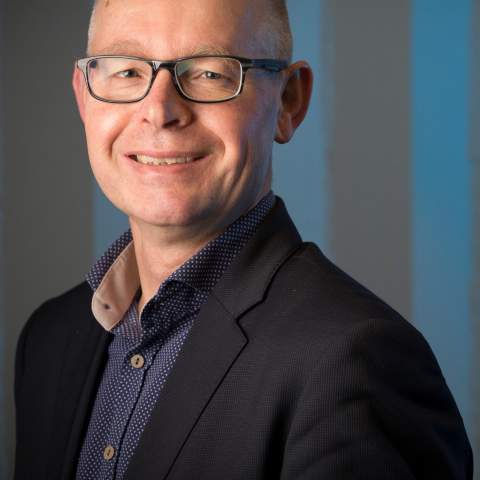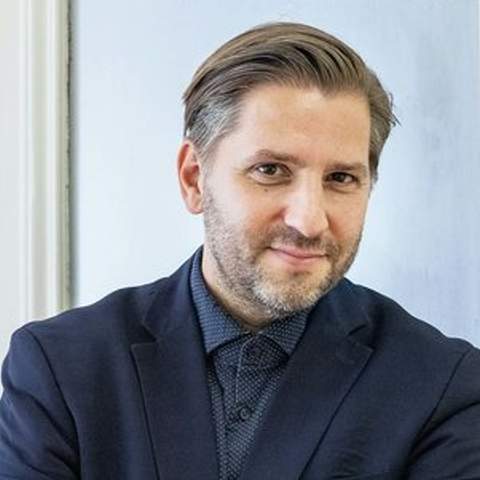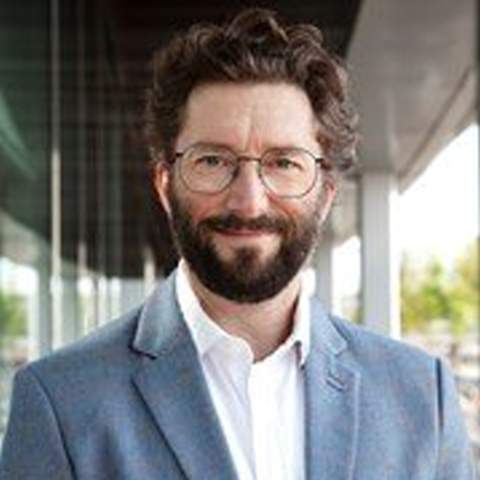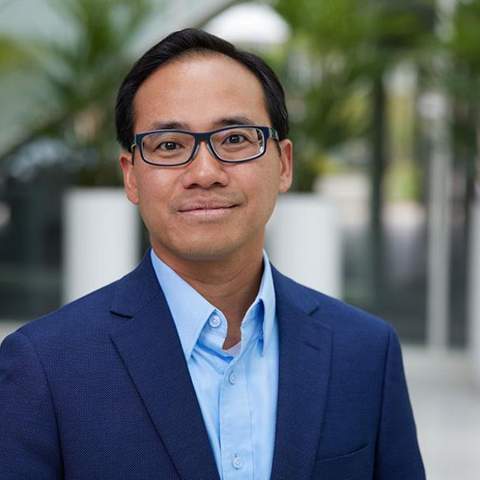Data is used to solving many challenges, such as energy transition, renovation projects, and the development of smart cities. Its broad applicability means digitization is a 'key enabler.' Within the Digitalization DAT, four digitization objectives have been drawn up in the strategic program: Artificial Intelligence, Robotics and Automation, Mixed Reality (AR-VR-MR), and Digital Twins.
Artificial Intelligence (AI)
The first objective, Artificial Intelligence (AI), uses optimization techniques and large data sets. Self-learning algorithms can, for example, develop prediction models for building simulations, analyze design models and building processes, find anomalies and errors in (building) models, and control self-learning robots. Combined with the above, it provides a solid basis for decision support in all kinds of places in the built environment. Challenges are to develop reliable, insightful, and usable AI algorithms that, in terms of performance, reliability, and logic, minimally support and, in some cases, replace human thinking and human action.
This program line focuses on developing methods to analyze the reliability of existing data, automate/optimize design and planning, and make machines self-learning and safer. AI is applied within the other three objectives, for example, by linking AI to 'hardware in the loop simulations,' which make predictions about, for example, failure probabilities of infrastructure. It is essential to directly connect monitoring actual performance in practice, which can eventually lead to acceptable risks in predictions.
The AI program focuses on three topics within the building and construction sector.
- Generative design and optimization in design and execution;
- Combining model-driven (BIM) and data-driven (ML, AI) design methods;
- Object Recognition, Error Detection (e.g., for structural health monitoring).
Robotics and Automation
Robotics uses (semi-)autonomous machines that take over tasks that are too risky, repetitive, difficult, or inefficient for humans. As machine changeover-time has decreased and flexibility has increased, they more often produce more cheaply than a human and play a role in production halls. However, the integration of robotics and mechanics on the (inherently) dynamic construction site remains a challenge. Currently, several machines can be controlled (semi-automatically) from control rooms to automate the construction site. Challenges lie in developing these applications for both controlled construction halls and uncontrolled outdoor conditions. This is currently in its infancy but is critical to meeting the 2030 goals.
Mixed Reality (AR-VR-MR)
Virtual Reality, Augmented Reality and Mixed Reality integrate virtual data in real time with a camera image of reality. This supports an intuitive way of visualizing critical elements in the design, implementation, management, maintenance, and inspection but also provides the basis for training and process improvement. AR technologies have three essential functions in construction: visualization, information retrieval, and interaction. Challenges include developing real-time virtual representations of activities within buildings, machines, and robots, allowing a Digital Twin to be 'experienced' and maintained remotely. Another challenge is linking VR with training and process improvements in so-called feedback support systems.
Digital Twins
The final objective, Digital Twins, is, as the name hints, a digital copy of an existing object. A Digital Twin of a building provides information from the realization to the use phase of construction. The bi-directional flow of data defines a Digital Twin. Sensor technology allows this communication and, as a result, creates a cyber-physical system. Think, for example, of collecting data about the use of light and heating, then modelling this in the digital building to subsequently control the physical structure automatically. Challenges lie around developing Digital Twin concepts for lifecycle management, developing 'as-built models,' and linking to BIM. In addition, this coupling must be done securely and privacy-consciously coupled with monitoring techniques and the development of user applications.




